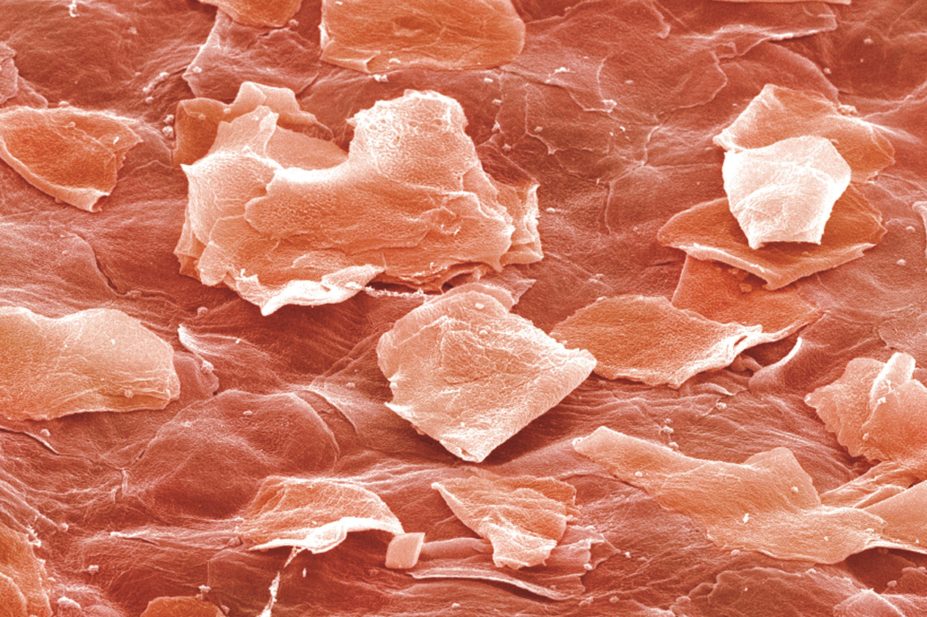
Power and Syred / Science Photo Library
A drug for the prevention of severe sunburn in people with an intolerance to light has been recommended for approval by the European Medicines Agency (EMA).
The EMA made its decision on Scenesse (afamelanotide) in patients with erythropoietic protoporphyria (EPP), a rare genetic disease.
Scenesse, manufactured by Australian biopharma firm Clinuvel Pharmaceuticals, is the first medicine for patients with EPP – a disease that causes intolerance to light. EPP sufferers are at risk of severe and painful sunburn to the skin, which can cause swelling, scarring and distress. Around 400 patients in the UK are thought to have the condition.
Scenesse is from a new family of medicines known as melanocortins. It acts as an antioxidant and activates melanin, providing patients with a biological barrier between their skin and the various wavelengths of light triggering phototoxic reactions.
In recent clinical trials in 350 adult EPP patients, the drug was found to be well tolerated, reducing the incidence and severity of reactions and also improved patients’ quality of life.
In a first for the EMA’s Committee for Medicinal Products for Human Use (CHMP), a number of EPP patients were also involved in discussions about the drug and were invited to share their experience of this condition.
While the CHMP gave a positive recommendation, it also recommended that Clinuvel puts in place a “robust risk management plan” that ensures close surveillance of the safety and efficacy of the medicine. As part of this plan, the company will need to establish a registry of patients to collect safety and efficacy data, the regulator said in a statement.

